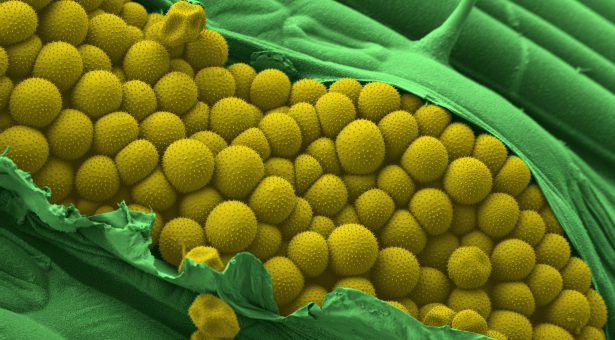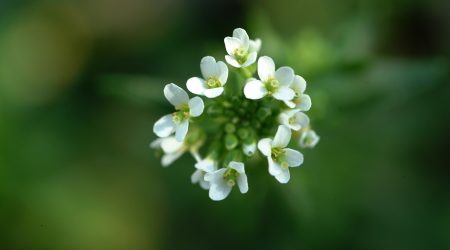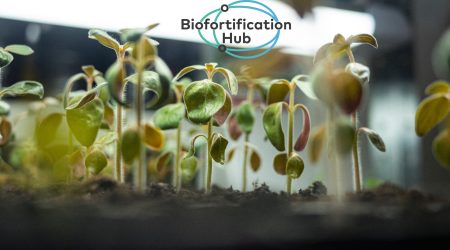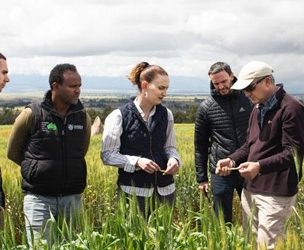Global surveillance leaves Cereal Killers nowhere to hide

There’s nowhere to hide for one of the world’s most devastating wheat diseases, thanks to a new global surveillance method for tracking the spread of Yellow Rust based on its DNA.
Yellow Rust is a fungal disease with the potential to destroy an entire crop; those plants which do survive often have a lower quality of grain.
A mild 2014 has resulted in early-drilled and forward crops picking up disease in the autumn and winter temperatures have not being cold enough to kill off the disease.
To compound the problem, UK farms are also seeing new strains of the fungal spores which cannot easily be differentiated by traditional methods.
But now scientists in Norwich have developed a new method called ‘field pathogenomics’, which can rapidly analyse the DNA of these fungal diseases from field samples to pinpoint the exact strain of the rust spores. This is in contrast to current techniques, which use lengthy and costly in-lab processes, and can only sample a relatively small proportion of the fungal population
This technology opens the door for tracking other fungal diseases, potentially adding to the armoury in the fight against ash dieback disease.
Dr Diane Saunders, and The Genome Analysis Centre (TGAC), led the development of the method with John Innes Centre scientist Dr Cristobal Uauy, with funding from the Biotechnology and Biological Sciences Research Council (BBSRC).
Dr Saunders said: “Yellow Rust grows effectively on a plant in a field but maintaining it in a lab is extremely time consuming.
“Our new field pathogenomics method uses the latest DNA sequencing technologies to generate high resolution data quickly for describing the diversity in a pathogen population directly from infected field samples. We can then compare that genetic information against our DNA library of more than 250 yellow rust variants and rapidly identify the races present.”
Scientists running the UK Cereal Pathogen Virulence Survey (UKCPVS) at NIAB in Cambridge have been testing the technology and using it to complement its traditional pathology tests. Under the scheme, which is funded by HGCA and Fera, farmers and agronomists send in field samples to NIAB. Prepared specimens are sent to TGAC for DNA analysis, with the results adding another layer of information on to the UKCPVS’ databanks. The integration of this new method with traditional UKCPVS pathotyping tests is providing a powerful new framework to tackle this disease.
The new technique has uncovered the dramatic shift in the populations of yellow rust in the UK, largely due to an influx of fungal spores from outside the country, but also now revealing a much greater diversity in the home population. This data is impossible to gain just by appearance and will give plant breeders, farmers and agronomists an edge in managing the disease and breeding resistance plants. The technique has the potential to be applied to other plant and animal pathogens.
Dr Chris Burt, cereal molecular geneticist at RAGT Seeds said: “There has been an explosion in the genetic diversity of yellow rust in the UK. This research provides us with a vastly improved understanding of this diversity, and a new method to monitor any future changes that occur. This is essential information to help us to develop varieties that are resistant to the wider range of yellow rust isolates that we now find in the field.”
The technique is described by Dr Saunders and Dr Uauy in the scientific paper ‘Field Pathogenomics reveals the emergence of a diverse wheat yellow rust population’ published in the journal Genome Biology.
The paper is the result of a European collaboration with partners at the UKCPVS (NIAB) in Cambridge, The Sainsbury Laboratory in Norwich, and INRA in France.



